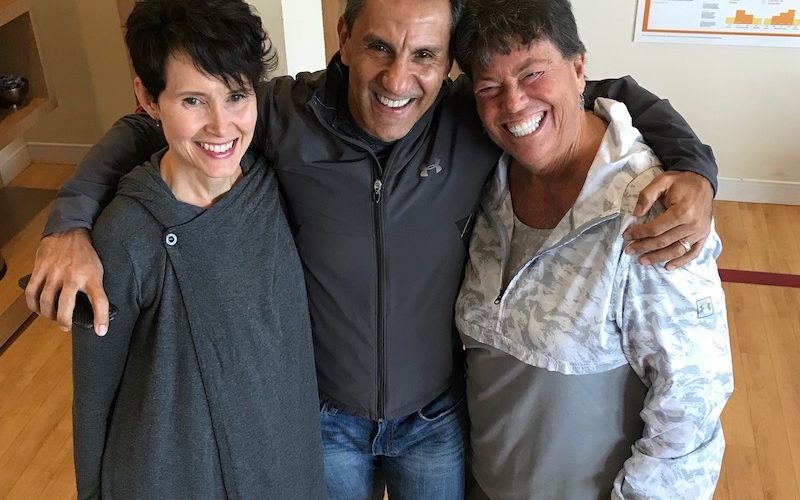Having a positive attitude is good for you and even increases the likelihood of living longer. It might be because upbeat people are also likelier to be active more than Debbie Downers – that the brain-body connection is real, indeed. But one group of researchers reported “older individuals with more positive self-perceptions of aging… lived
Blog
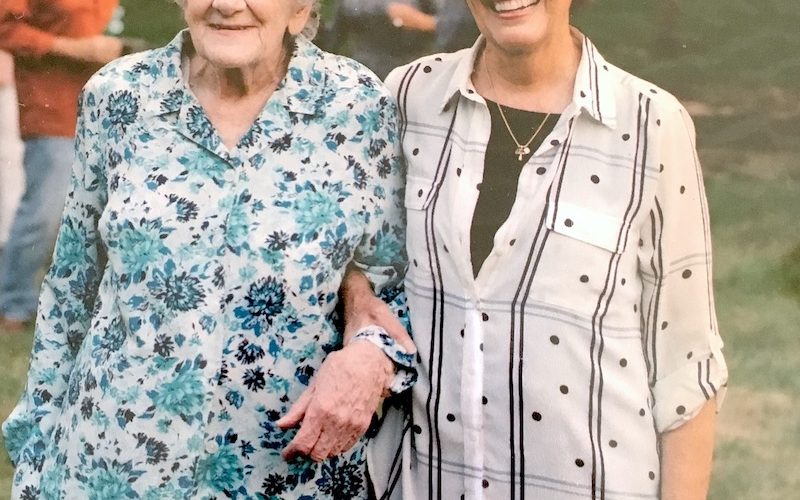
Want Longevity? ‘Keep Moving’
Do you want to live to be 100? More people are reaching that mark nowadays than ever before, and the trend will skyrocket in the coming decades. The topic of longevity is having a moment, darn near approaching a cultural obsession. What can we do to live NOT JUST LONGER but also BETTER. What role
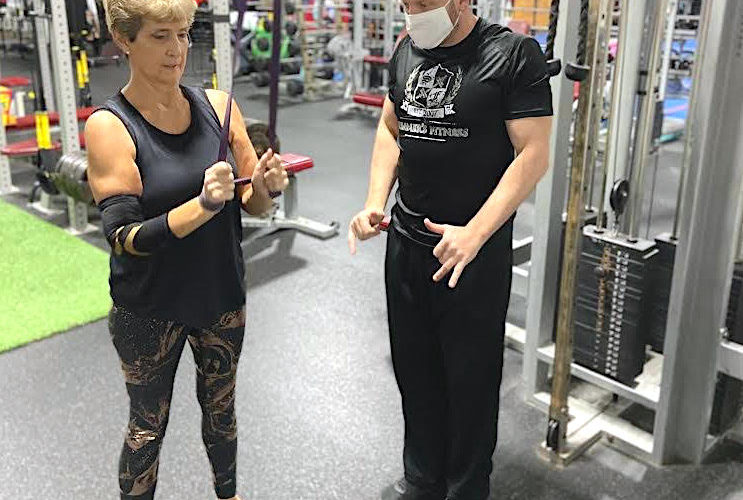
Success Story: She’s Blasting Through Stereotypes
In the world of older woman taking control of their health, Vera is a myth-busting superstar. She works out several times a week with weights, machines, and cardio to stay strong and flexible in retirement. She’s remarkable for doing what should be less remarkable in our society: Exercising regularly to improve her health and quality
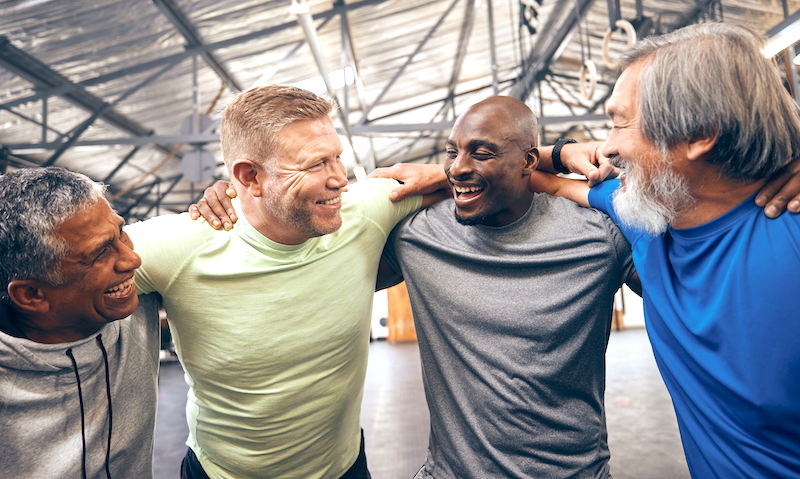
Stressed Out? Fight Back with Exercise
Stress is a killer, but we’re not helpless against it. Regular physical exercise is one of the top defenses we have, no matter what age we are. In our 20s and 30s, stress might be mostly related to finding a job or partner or raising kids. But after 50 or so, we still have those
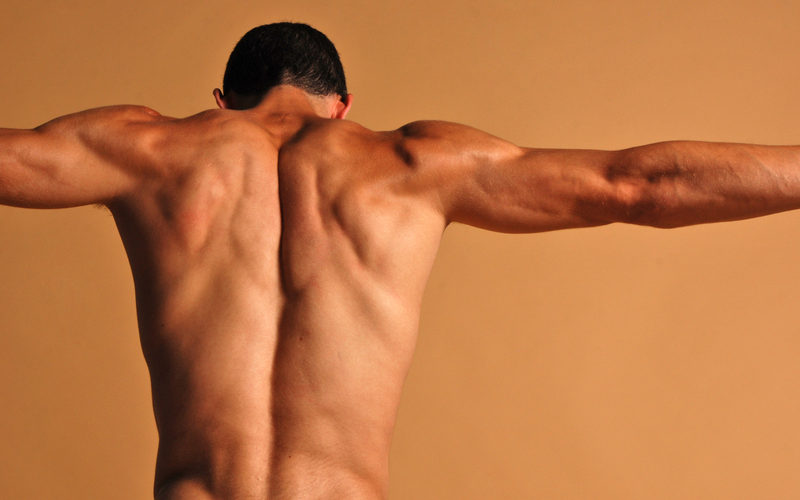
Keep Your Back Strong against Pain
Up to 80% of adults in Western countries have back pain at some point in their lives. It’s chronic for some and can be debilitating. It can be hard to figure out why it’s happening or how to feel better. And everybody wants a magic pill. But we know there’s a better way: movement. A
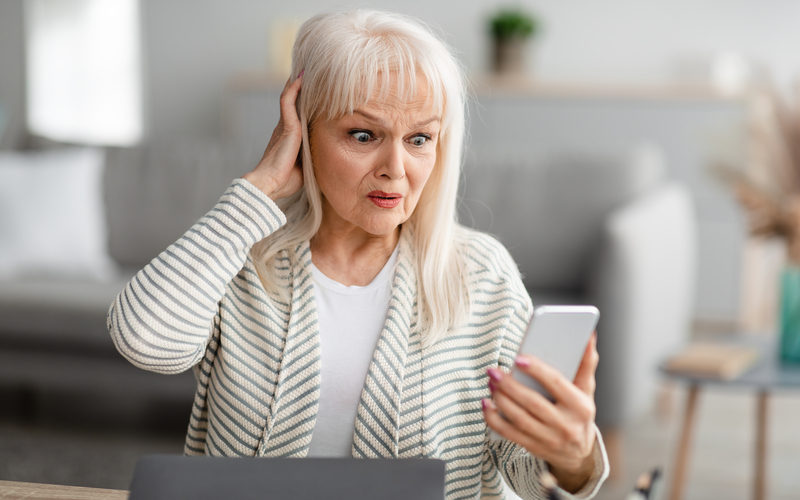
Forget the Scams: Keep It Simple
Hey, have you heard about the new miracle fat-loss product? It’s a special tea. Or a lollipop. Or a rubber vest you zip tight around your abdomen. Or… or… or… We’ve all seen countless “too good to be true” products guaranteeing help with losing weight “melting” fat and “boosting” metabolism. It’s easy to chuckle at
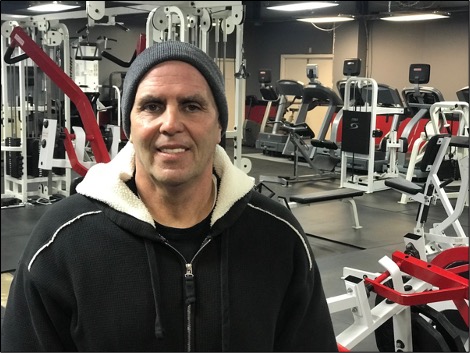
Make the Right Investment in Your Health
At 62, Jeff Lasater is dedicated to staying in shape. He lifts weights three times a week and runs three times a week. “I don’t want to live to be 80 if I’m not healthy,” says Jeff, who was introduced to fitness by his daughter and son-in-law. “They were worried about me having all
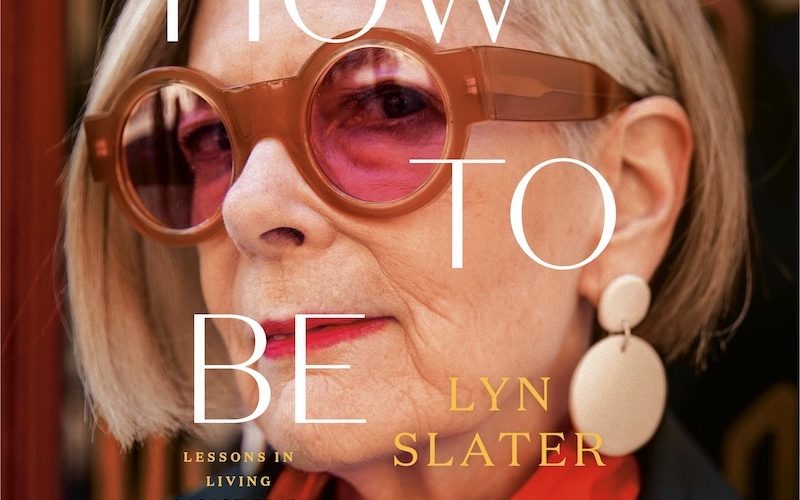
The ‘Accidental Icon’ on Fashion & Fitness
How do you want to be seen now and as you continue to mature? If you’re like most people, you want to continue aging as your own fabulous self, not as some stereotype society imposes on “older” people. That’s the lesson from Instagram star Lyn Slater, a 70-year-old fashionista out with her first book, “How
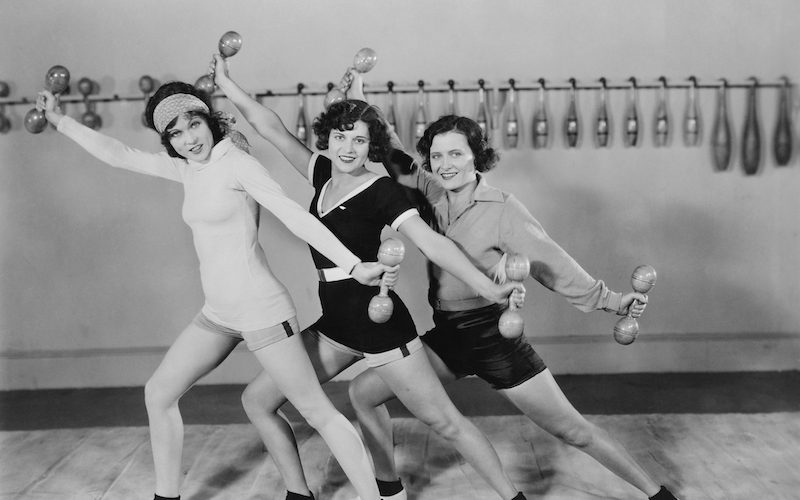
Female Pioneers of Fitness Paved the Way
March is Women’s History Month in the U.S., a great time to remember that fitness, as we know it, didn’t always exist. For earlier generations, gyms weren’t common, very few people lifted weights, and hardly anyone exercised for health or fun. Women, especially, were discouraged from exercising. It wasn’t just men like Jack LaLanne and
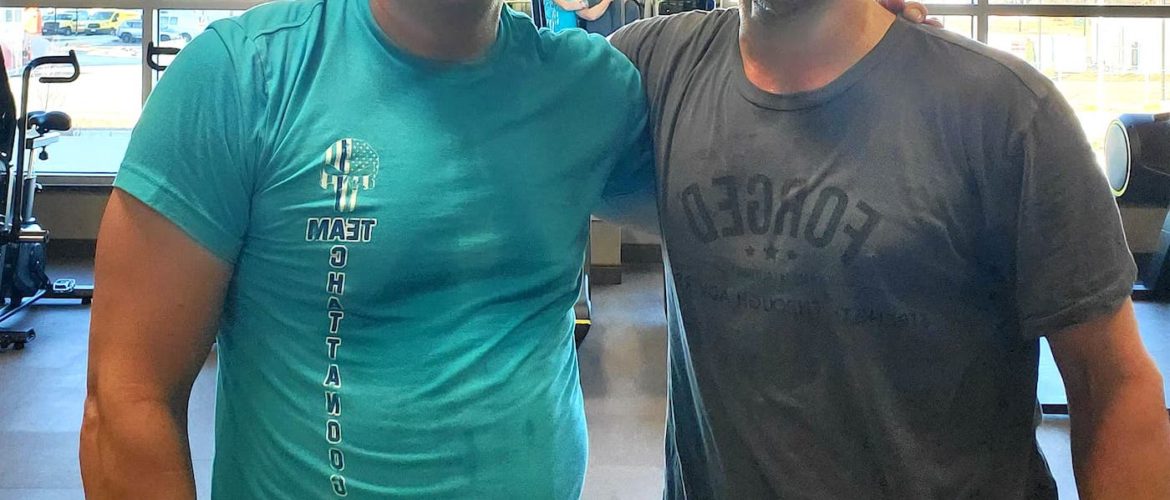
‘Tough Love’ Turned His Life Around
Near the end of his 27-year career as a sheriff’s deputy, Mike knew he was dangerously overweight. The job’s stress, long hours, and a pair of work-related injuries had slowly packed 218 pounds onto his 5’9” frame. But it took “tough love” from a friend and fellow officer to get him to do anything about

